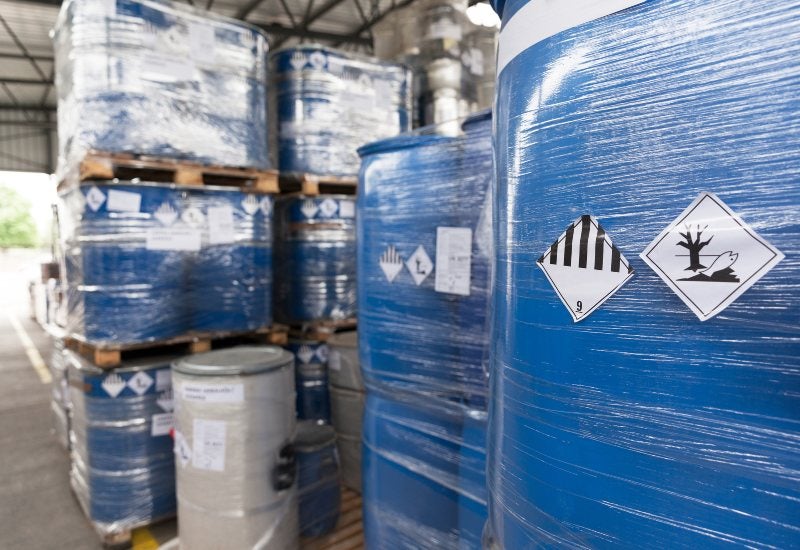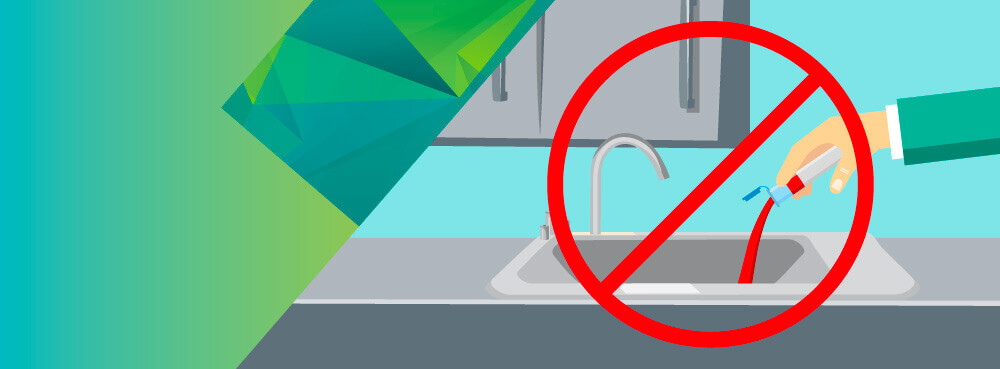Leading Industrial Wastewater Treatment Solutions: Making Sure Conformity and Effectiveness
Leading Industrial Wastewater Treatment Solutions: Making Sure Conformity and Effectiveness
Blog Article
Just How Fluid Waste Disposal Functions: A Thorough Summary of Methods and Technologies Used

Introduction of Fluid Waste Types
The complexity of liquid waste kinds necessitates a thorough understanding of their attributes and ramifications for disposal. Liquid waste can extensively be classified into numerous types, consisting of industrial, community, farming, and harmful waste. Each group exhibits distinct buildings, needing specific management techniques to mitigate ecological and wellness dangers.
Industrial fluid waste stems from producing procedures and typically consists of a series of contaminants, such as hefty metals, solvents, and natural substances. Community fluid waste, largely comprising wastewater from homes and commercial facilities, contains natural matter, nutrients, and pathogens (industrial wastewater treatment). Agricultural liquid waste, including overflow from farms, may consist of fertilizers, pesticides, and animal waste, posing dangers to water top quality and ecological communities
Harmful fluid waste is defined by its toxicity, sensitivity, or possible to trigger damage. Understanding these varied fluid waste types is essential for developing effective disposal approaches and making sure compliance with environmental guidelines.
Physical Treatment Methods

Testing is the preliminary action, where bigger bits and debris are removed from the fluid waste making use of displays or grates. In sedimentation storage tanks, heavier fragments clear up at the bottom, forming a sludge layer, while the clarified fluid can be additional treated.
Purification is one more necessary technique that involves passing the fluid through permeable materials, such as sand or membranes, to record smaller fragments. This action enhances the high quality of the liquid, making it suitable for succeeding treatment procedures.

Chemical Therapy Techniques
Chemical therapy techniques are crucial for successfully handling fluid waste, particularly in resolving dissolved and colloidal impurities that physical methods might not sufficiently get rid of. These methods make use of various chemical agents to counteract, precipitate, or change hazardous compounds right into less dangerous types.
One usual method is coagulation and flocculation, where chemicals such as alum or ferric chloride are added to advertise the gathering of suspended bits. This procedure enhances sedimentation, enabling for less complicated removal of the resulting sludge. Additionally, oxidation processes, utilizing representatives like chlorine or ozone, are utilized to damage down complicated organic compounds and microorganisms, rendering the waste safer for discharge or further therapy.
Neutralization is another critical strategy, which readjusts the pH of acidic or alkaline waste streams to neutral levels, stopping possible injury to downstream systems and the environment. In addition, advanced see this website oxidation processes (AOPs) use mixes of oxidants and ultraviolet light to weaken relentless toxins, achieving a higher level of treatment effectiveness.
Biological Treatment Processes
Biological treatment processes play a critical duty in the monitoring of fluid waste by using bacteria to disintegrate natural issue and minimize pollutant levels. These procedures can be extensively categorized into aerobic and anaerobic therapies, each utilizing specific microbial neighborhoods to accomplish efficient waste degradation.
Aerobic therapy involves using oxygen to promote the malfunction of natural materials by bacteria. This process is frequently carried out in triggered sludge systems, where aeration containers supply a helpful setting for microbial development, causing the oxidation of organic toxins. The resultant biomass can be divided from treated effluent with sedimentation.
On the other hand, anaerobic therapy takes place in the lack of oxygen, counting on different bacteria to break down raw material. This method is especially useful for high-strength waste, as it produces biogas, a renewable resource source, while lowering sludge manufacturing. Technologies such as anaerobic digesters are frequently used in commercial and municipal applications.
Both anaerobic and cardio biological therapies not only decrease the environmental influence of liquid waste however likewise facilitate source recovery, making them vital parts of lasting waste monitoring techniques. Their effectiveness, versatility, and performance support their prevalent implementation across different fields.
Emerging Technologies in Disposal
Ingenious strategies to liquid waste disposal are quickly developing, driven by advancements in innovation and a boosting focus on sustainability. Amongst these emerging innovations, membrane layer bioreactors (MBRs) have acquired grip for their capacity to incorporate organic therapy with membrane layer purification, resulting in premium effluent that can be reused in different applications. MBRs allow smaller impacts and a lot more reliable procedures contrasted to typical systems.
One more appealing advancement is using anaerobic food digestion combined with nutrient healing modern technologies, which not just treats fluid waste but likewise generates biogas and recoups important nutrients like nitrogen and phosphorus. This twin advantage enhances source performance and minimizes ecological impact.
In addition, progressed oxidation procedures (AOPs) are being adopted for the destruction of complex natural pollutants. These approaches utilize effective oxidants and stimulants to break down contaminants at the molecular degree, offering a very effective service for tough waste streams.
Furthermore, the assimilation of fabricated intelligence and machine discovering in waste administration systems is enhancing functional performance and anticipating upkeep, causing decreased prices and improved environmental conformity. These innovations mirror a substantial shift towards more sustainable and reliable fluid waste disposal methods.
Final Thought
In verdict, reliable liquid waste disposal requires an extensive understanding of different strategies go and technologies. By continually progressing these methodologies, it ends up being feasible to address the growing difficulties associated with fluid waste, inevitably contributing to environmental protection and source recuperation.
Liquid waste disposal is a crucial facet of environmental management, needing a detailed understanding of numerous techniques and technologies tailored to various waste kinds. Liquid waste can extensively be categorized right into several types, including commercial, metropolitan, agricultural, and hazardous waste. Agricultural liquid waste, including drainage from ranches, might include fertilizers, chemicals, and pet waste, presenting dangers to water top quality and ecosystems.
Different physical treatment techniques play a critical function in handling liquid waste properly - industrial wastewater treatment.In verdict, effective liquid Continue waste disposal requires a detailed understanding of different techniques and modern technologies
Report this page